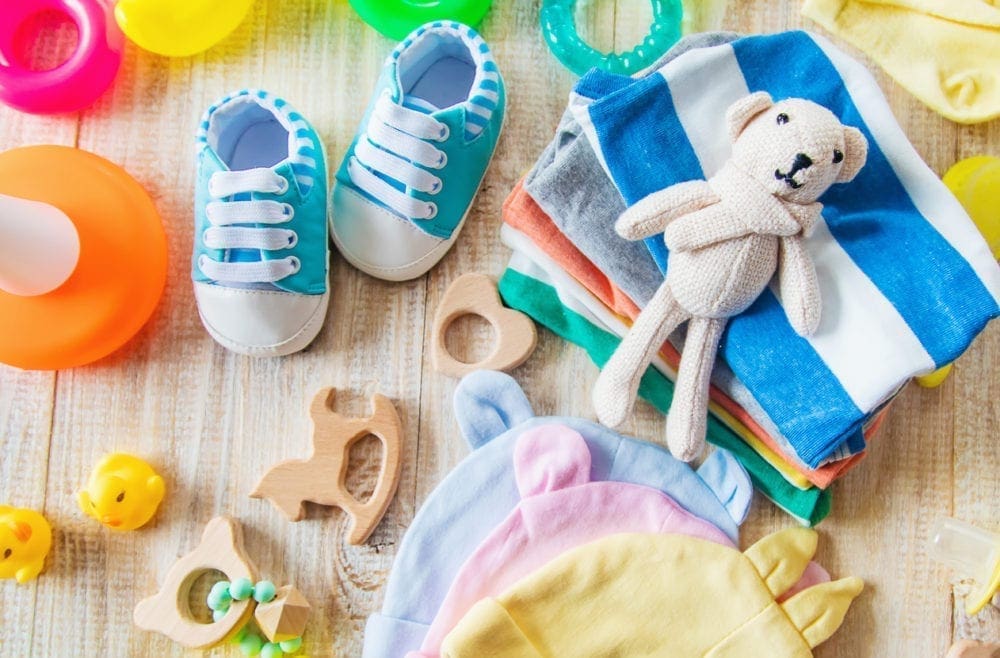Choosing eco-friendly toys for your little one is a thoughtful way to promote sustainability while ensuring their safety and enjoyment. As parents become more conscious of the environmental impact of their purchases, sustainable toys are gaining popularity. These toys are made from natural, non-toxic materials, are ethically produced, and offer numerous benefits for your child’s development. In this guide, we will explore the reasons to choose eco-friendly toys, the materials used, and how these toys can positively impact your child’s growth.
Why Eco-Friendly Toys Are Important
Eco-friendly toys are essential for several reasons. First, they are made from sustainable materials such as organic cotton, wood, and natural rubber, which are safer for your child and the environment. Traditional plastic toys often contain harmful chemicals like BPA and phthalates, which can pose risks to your child’s health. In contrast, organic toys are free from these toxic substances, making them a healthier choice for your little one.
Additionally, eco-friendly toys are often more durable than their plastic counterparts. They are designed to last, reducing the need for frequent replacements. This longevity not only saves you money but also reduces waste, contributing to a healthier planet. Many of these toys are also biodegradable or recyclable, further minimizing their environmental impact.
Moreover, by choosing eco-friendly toys, you support companies that prioritize ethical production practices. These companies ensure fair wages and safe working conditions for their employees, making a positive impact on communities around the world. In this way, organic toys are not just good for your child but also for the global community.
Materials Used in Organic Toys
The materials used in organic toys play a crucial role in their sustainability. One of the most common materials is sustainably sourced wood. Wooden toys are a classic choice, offering durability and a timeless aesthetic. They are often made from FSC-certified timber, ensuring that the wood is harvested responsibly.
Organic cotton is another popular material for organic toys. It is used to make soft toys, dolls, and even baby accessories. Organic cotton is grown without pesticides or synthetic fertilizers, making it safer for your child and better for the environment. It is also gentle on your baby’s skin, reducing the risk of irritation.
Natural rubber is commonly used in organic toys, especially for teething toys. Derived from rubber trees, this material is renewable and biodegradable. Toys made from natural rubber are soft, flexible, and free from synthetic chemicals, making them safe for babies to chew on.
Recycled materials are also used in some organic toys. These toys give new life to materials that would otherwise end up in landfills, helping to reduce waste. While recycled plastic is still plastic, it is a more sustainable option than virgin plastic, making it a better choice for environmentally conscious parents.
The Benefits of Eco-Friendly Toys
Eco-friendly toys offer numerous benefits for your child’s development. These toys often encourage imaginative play, problem-solving, and fine motor skills. For example, wooden blocks, a staple of eco-friendly toys, allow children to build, stack, and create, enhancing their creativity and spatial awareness.
Unlike many plastic toys that rely on flashy lights and sounds, eco-friendly toys are typically designed with simplicity in mind. This simplicity encourages children to use their imagination and think creatively. Open-ended play, fostered by these toys, is crucial for cognitive development and helps children learn to solve problems and think critically.
Furthermore, sustainable toys often have a deeper meaning, teaching children about sustainability and the importance of caring for the environment. When children play with toys made from natural materials, they begin to develop an appreciation for nature and learn the value of making responsible choices. This early education can have a lasting impact, helping to shape environmentally conscious individuals.
Incorporating Eco-Friendly Toys
Incorporating eco-friendly toys into your child’s playtime can be a rewarding experience for both you and your little one. Start by gradually replacing existing plastic toys with sustainable alternatives. Look for versatile toys that can be used in multiple ways, such as wooden puzzles or building blocks, which can serve as educational tools and imaginative play props.
When shopping for new toys, consider those that align with your eco-friendly values. For instance, during the holiday season, you might choose to gift a set of wooden toys paired with christmas baby socks made from organic cotton. This not only supports sustainable practices but also ensures that your child receives gifts that are both safe and meaningful.
Another way to incorporate eco-friendly toys is by involving your child in the decision-making process. Explain the importance of choosing sustainable options and let them help select their toys. This not only empowers them to make responsible choices but also reinforces the lessons of sustainability.
Making a Positive Impact with Eco-Friendly Toys
Choosing eco-friendly toys for your child is a step toward creating a better future. These toys provide a safe, stimulating environment for your child’s growth while also supporting ethical and sustainable practices. By opting for toys made from natural, non-toxic materials, you are contributing to a healthier planet and teaching your child the importance of caring for the environment.
As parents, our choices have a lasting impact on our children and the world they will inherit. By incorporating sustainable toys into your child’s playtime, you are not only fostering their development but also setting an example of responsible consumption. These toys are more than just playthings; they are tools for building a sustainable future for your child and future generations.







